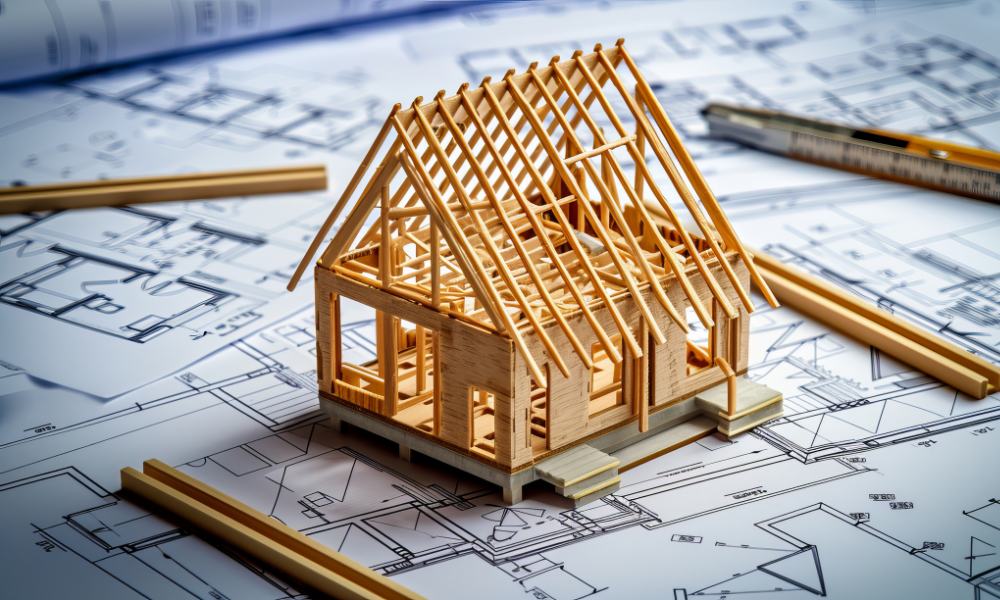Building 3.5 million homes will require a major increase in domestic savings and investment

As Canada struggles with one of the worst housing affordability crises in its history, political leaders are proposing aggressive homebuilding plans to ease the shortage.
But the Fraser Institute is urging policymakers to take a broader approach, one that goes beyond reducing red tape and increasing housing supply. The think tank argues that any serious affordability plan must also focus on increasing domestic savings to fund large-scale home construction.
Steven Globerman, senior fellow at the Fraser Institute, cautioned that while political leaders, including Mark Carney and Pierre Poilievre, have made bold promises to boost housing supply, financing remains a major roadblock.
“But if policymakers, including the next prime minister (whoever that may be) want to substantially increase housing affordability, they must also enact policies—tax reform, spending reductions—that improve the savings and consumption decisions of households and governments,” Globerman said in a commentary. “It’s not just a red tape problem.”
Canada Mortgage and Housing Corporation (CMHC) estimates that Canada needs 3.5 million additional housing units by 2030, on top of the 18.2 million units projected to exist by then, to restore affordability. However, meeting that goal requires an enormous financial commitment.
According to an analysis of “affordable” housing construction costs in Toronto, where affordability challenges are among the worst, building each unit costs between $472,000 and $520,000 (excluding land costs). Using the lower estimate, the total cost to build 3.5 million units would be approximately $1.65 trillion over five years, or $330 billion per year.
That level of investment is nearly impossible under current conditions. Canada’s total gross savings in 2023 was $695 billion, meaning Canadians would need to increase their annual savings by almost 50% to fully finance the required housing supply.
“That’s not a realistic goal,” Globerman said. “Moreover, given the Trudeau government’s accelerated rates of immigration in 2023 and 2024, the CMHC’s 3.5 million number is likely now too low to achieve ‘affordability,’ so the price tag would be even higher.”
If domestic savings can’t meet demand, could Canada turn to foreign capital? According to Globerman, that isn’t a viable solution either.
“In Canada and other wealthy countries, domestic savings remain the main source of financing for domestic investments,” he wrote.
One potential way to boost domestic savings would be through monetary policy adjustments, such as higher interest rates. However, this approach would likely do more harm than good, Globerman warned.
“While raising interest rates would encourage increased domestic savings, it would also choke off demand for construction loans, which would slow housing construction,” he wrote.
Higher borrowing costs would also make homeownership even less affordable for prospective buyers, worsening the very crisis policymakers are trying to solve.
Another factor making housing even more expensive is the US tariffs on steel and aluminum imports. These materials are essential for homebuilding, and the Ontario Home Builders’ Association (OHBA) has already warned that the tariffs could be “a brutal blow to the housing sector and therefore to housing affordability.”
With construction costs already at record highs, added tariffs could push home prices even further out of reach for many Canadians.
Read next: What's needed to keep homebuilding alive if tariffs arrive?
To meet its housing goals, Canada must find ways to increase domestic savings.
“In reality, any serious effort to increase housing affordability in Canada must include fundamental changes in fiscal policy to promote increased savings and reduced consumption by both households and governments,” Globerman said.
Globerman said that governments should rethink their tax and spending policies to create a stronger foundation for long-term housing investment. He suggested that federal and provincial governments increase sales tax rates while reducing taxes on investment income, including real estate, to encourage savings.
Additionally, reducing deficit spending, particularly in Ontario, British Columbia, and at the federal level, could free up capital that would otherwise be absorbed by government debt. Redirecting those savings toward residential housing construction would provide a much-needed boost to investment.
Yet, according to Globerman, none of the politicians vying to be Canada’s next prime minister have proposed these kinds of reforms.
“Until we do, Canadians should be sceptical about the easy promises of politicians—all of political stripes—to solve Canada’s housing affordability problem,” Globerman said.
Make sure to get all the latest news to your inbox on Canada’s mortgage and housing markets by signing up for our free daily newsletter here.



